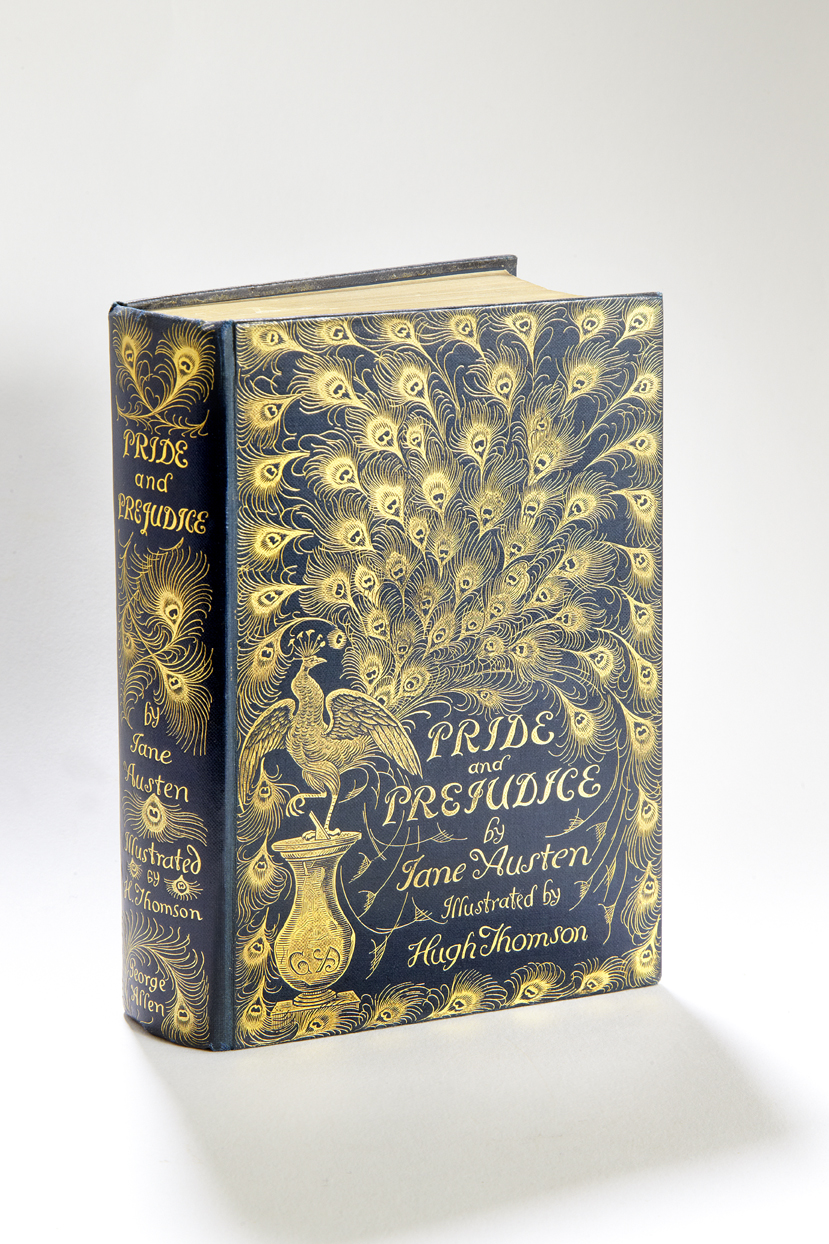This course traces the theme of temptation over time, taking us to texts across centuries and continents. In this course we will move among literary periods and across oceans as we examine this theme that dates to Genesis in the Bible. We will build a timeline as we go and add maps and images and related historical context to tease out the richness of this theme in literary studies.
What events and ideas were circulating at the time each of these texts came out? Let's place the texts we read in chronological order and examine the cultural moment surrounding each tempting text. Be creative!
Timeline
Table of Events
| Date | Event | Created by |
|---|---|---|
| 1564 to 1564 | Birth of Christopher MarloweThis portrait of an anonymous artist is believed to be of Christopher Marlowe (1564-93). It was painted in 1585.
|
Catherine Golden |
| 1813 to 1813 | Jane Austen Published Pride and Prejudice
Jane Austen began working on this novel in the late 18th century under the title "First Impressions." She published it in 1813 under the name "A Lady." |
Catherine Golden |
| 1894 to 1894 | Peacock Edition of "Pride and Prejudice"In 1894, George Allen published the Peacock edition of Pride and Prejudice with a beautifully embellished cover and illustrations by Hugh Thomson. The Irish artist provides ample humorous drawings that emphasize Austen's wit and also capture Regency fashions and domestic settings.
|
Catherine Golden |

 Christopher Marlowe was a leading Elizabethan playwright and poet . The most important dramatist before William Shakespeare, Marlowe earned a reputation for the establishment of dramatic blank verse. His playwriting career lasted just over six years, but he achieved greatness and is best known today for Dr. Faustus, published posthumously in 1604 and 1616. His career was cut short. Marlowe died young and under mysterious circumstances. Was his death in a brawl over a lodging house bill linked to his alleged involvement as a spy in Queen Elizabeth I's secret service?
Christopher Marlowe was a leading Elizabethan playwright and poet . The most important dramatist before William Shakespeare, Marlowe earned a reputation for the establishment of dramatic blank verse. His playwriting career lasted just over six years, but he achieved greatness and is best known today for Dr. Faustus, published posthumously in 1604 and 1616. His career was cut short. Marlowe died young and under mysterious circumstances. Was his death in a brawl over a lodging house bill linked to his alleged involvement as a spy in Queen Elizabeth I's secret service? 
